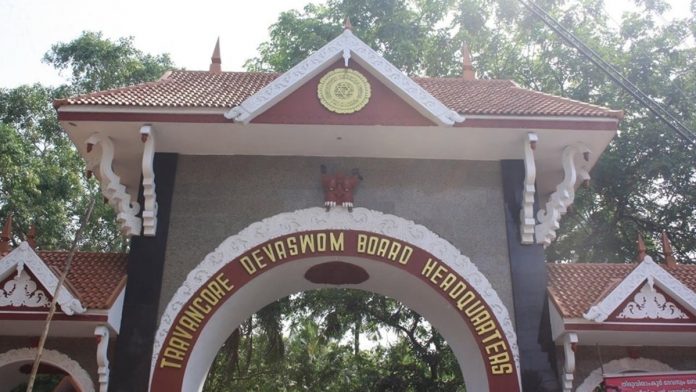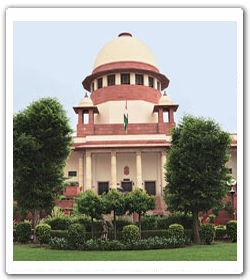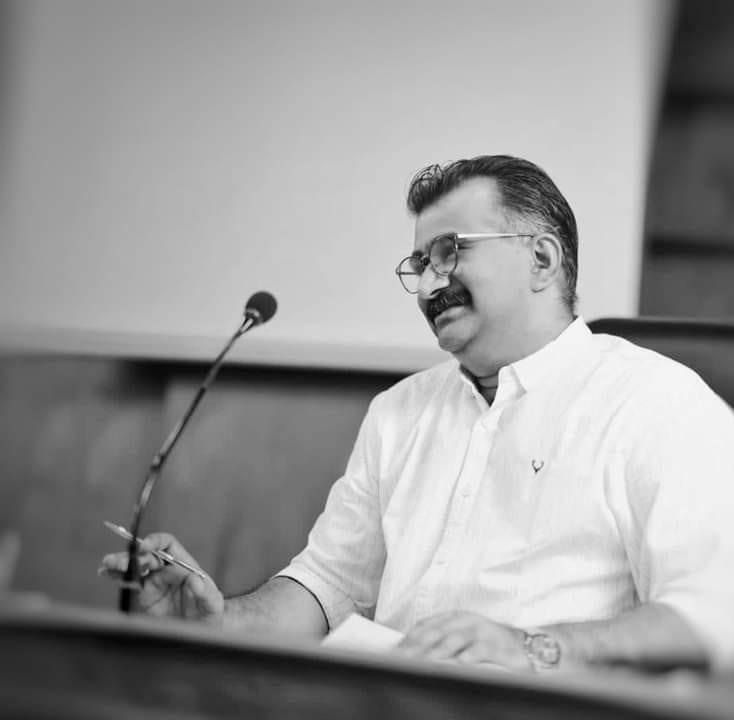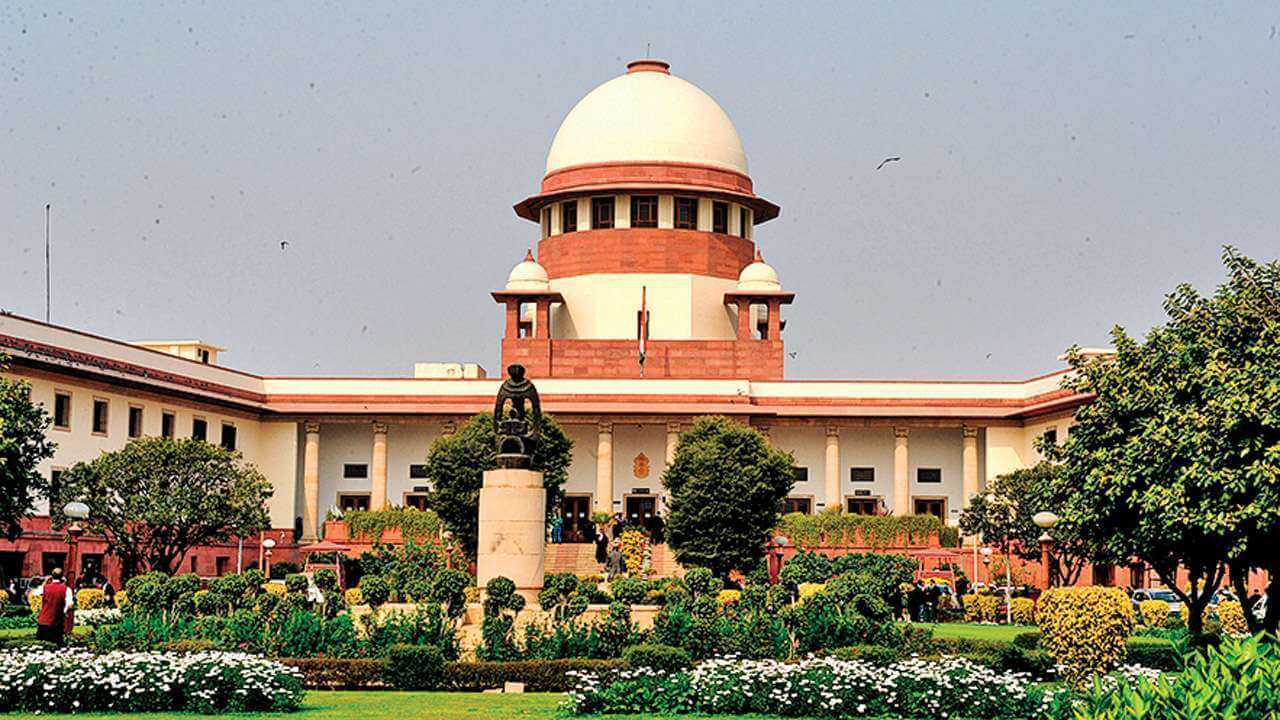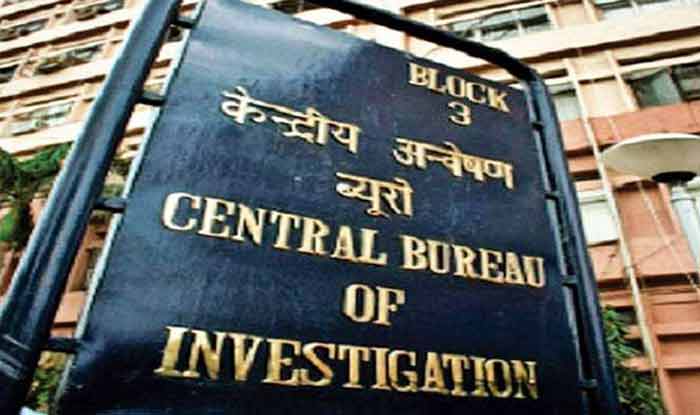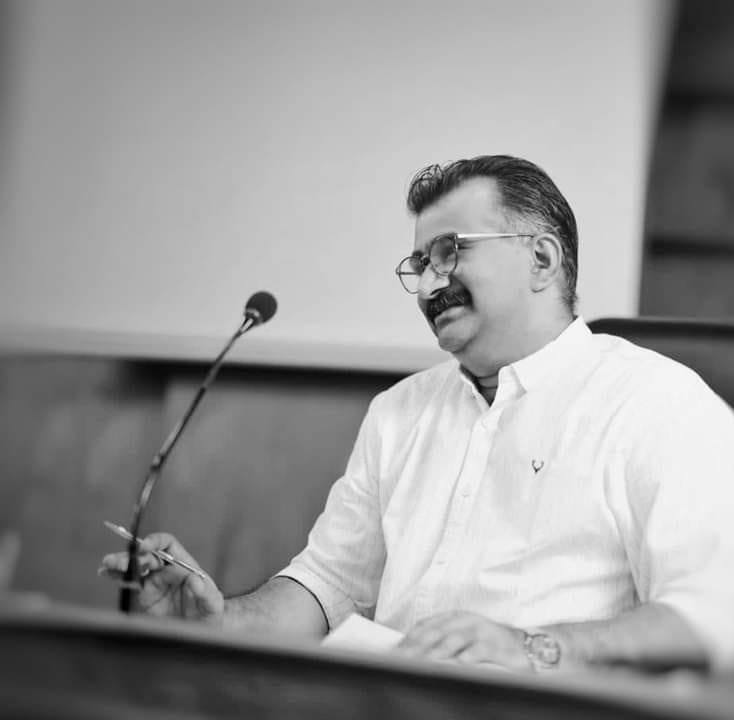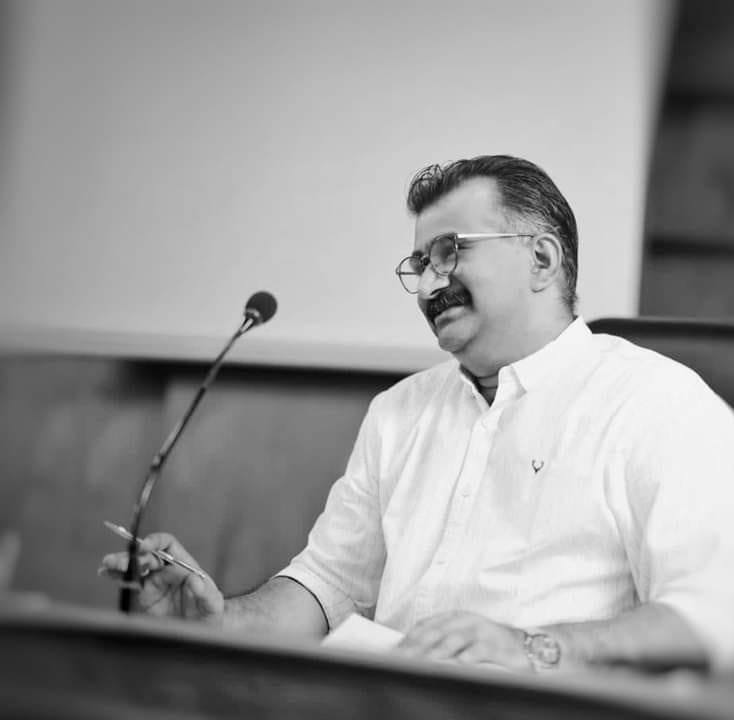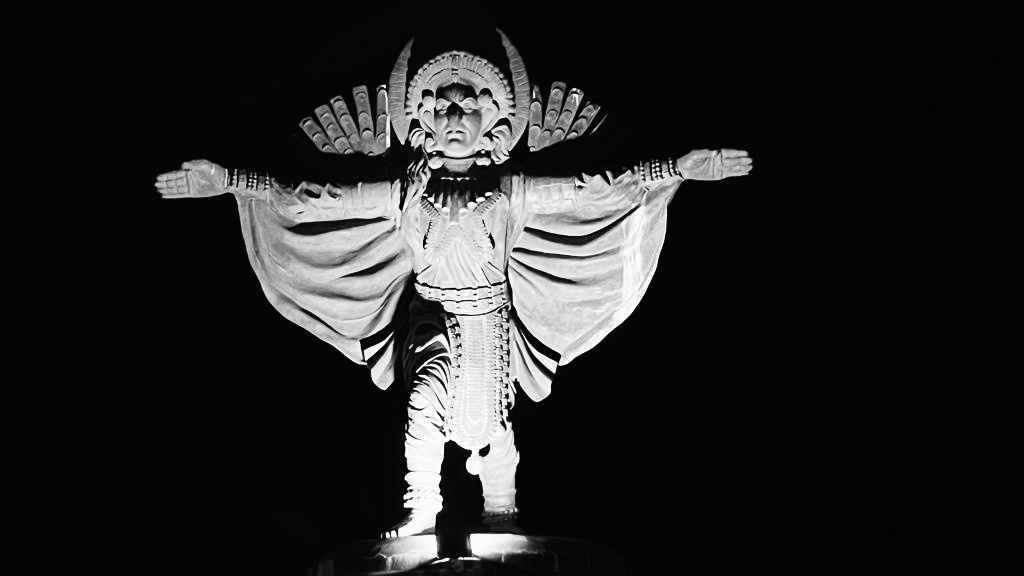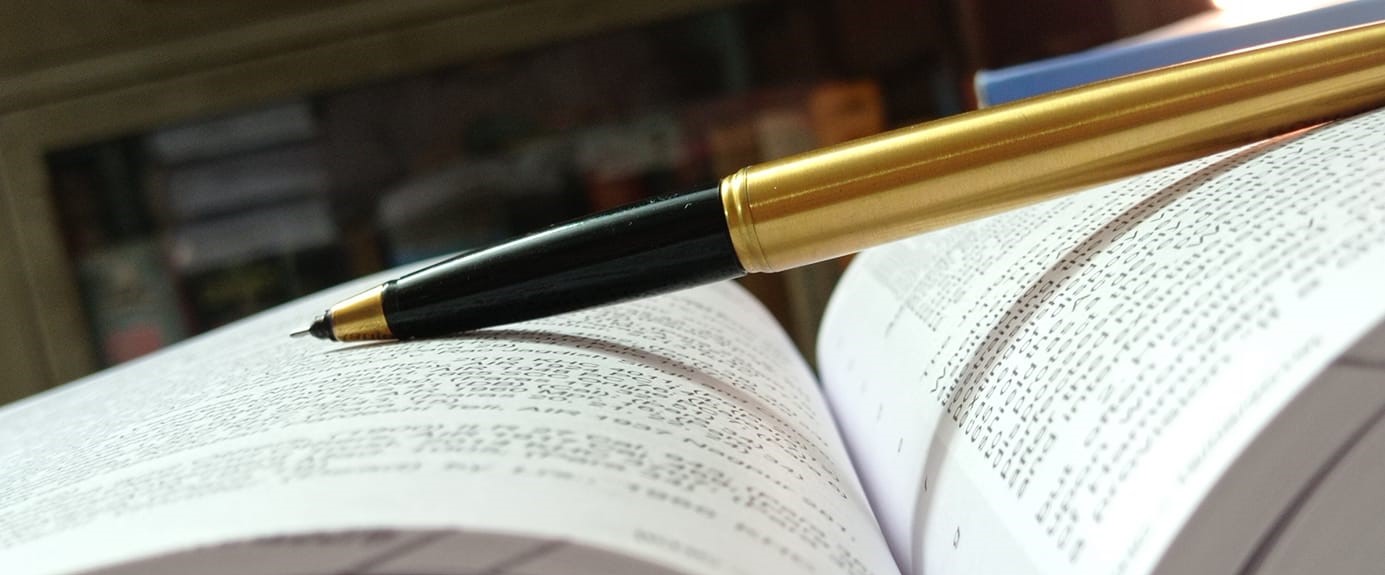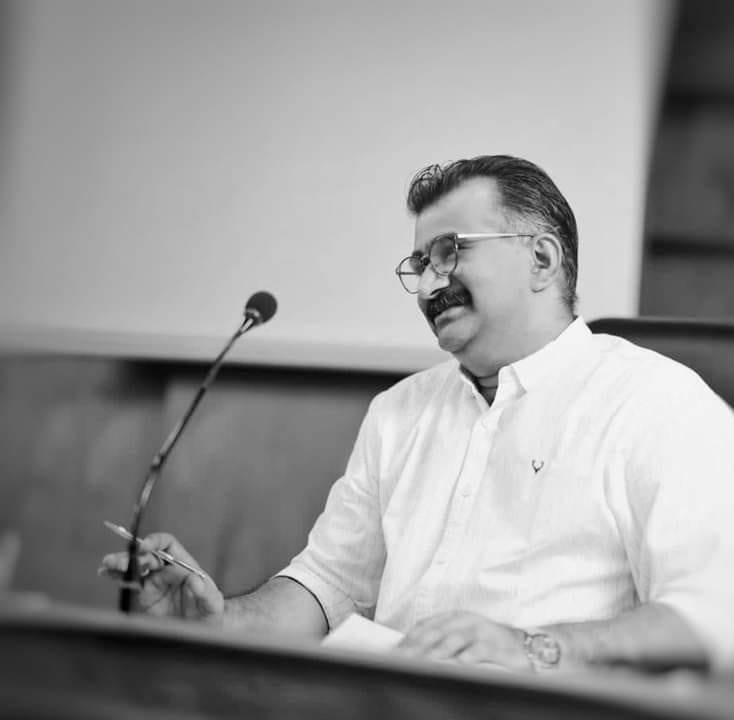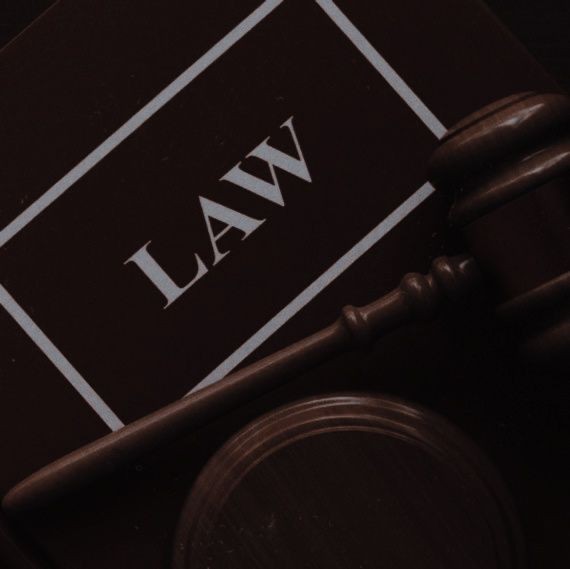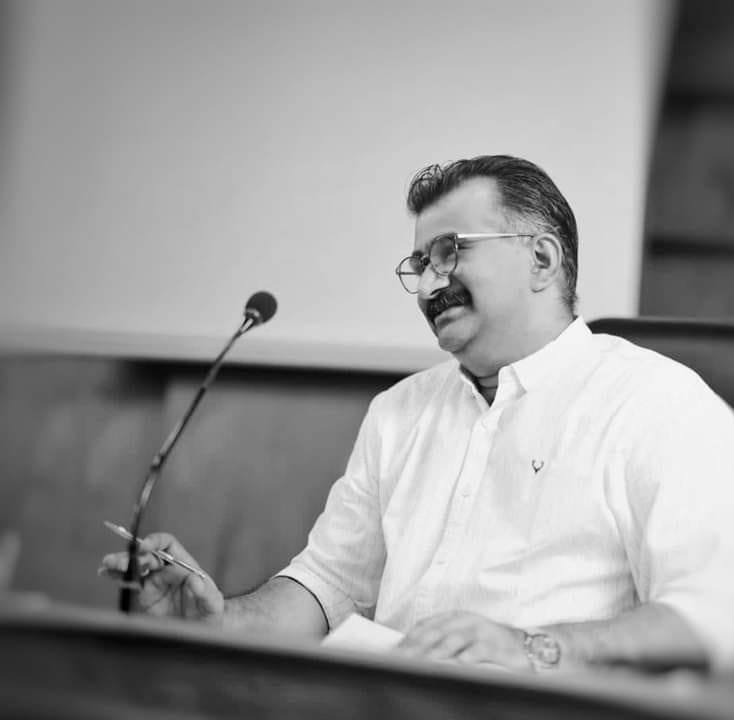SECTIONS 107 & 108 - RULE OF ARTIFICIAL CERTAINTY
Sections 107 and 108 of the Indian Evidence Act, 1872 raise presumptions non pareil. When one advocates continuance of life, the other, death. Both the provisions are rules of evidence which point out how burden of proof should be discharged in a case where an issue arises as to whether a person is alive or dead. An artificial certainty is brought in to 'declare' a person alive, or dead. Those are praesumptio juris which are rebuttable. A presumption will be upheld until proof be made to the contrary: stabit praesumptio donec probetur in contrarium. When it is shown that a man was alive within thirty years, the burden to prove that he is dead, is on the person who affirms it; and if it is proved by him that he has not been heard of for seven years by those who would naturally have heard of him if he had been alive, the burden shifts on to the person who affirms that he is alive. And if it is proved that he is alive, the presumption of death after seven years is rebutted; and if not, it stands.
The report of the select committee of the Council of the Governor-General of India for the purpose of making Law and Regulations to which the Indian Evidence Bill was referred, reveals that Sections 107 and Section 108 of the new bill are presumptions which have the effect of laying the burden of proof on particular persons, in particular cases. The report states that other presumptions are mere maxims by which the Courts ought to be guided in the interpretation of facts.
Where did the period of seven years required for raising the presumption of death first occur? "The period of seven years was inserted in the old statute of Charles II concerning leases of lives, and it has since been adopted by analogy, in other cases. It is also recognized in the various acts relating to bigamy; and if, on an indictment for that crime it appears that the prisoner and his first wife had lived apart for seven years before he married again, mere proof that the wife was first alive at the time of the second ceremony will not warrant a conviction, but some affirmative evidence must be given that the prisoner has known his wife to be alive during the seven years. But although a person, who has not been heard of for seven years is presumed to be dead, the law raises no presumption as to the time of his death, and therefore, if any one has to establish the precise period during those seven years at which such person died, he must do so by evidence and can neither rely on the one hand, upon the presumption of death, nor on the other, upon the presumption of the continuance of life. The burden of proving that the person was alive at any particular period within the seven years is upon the person asserting it".
A reading of Section 108 may create a doubt whether the words “provided that" in the beginning of section 108 gives it the colour of being a proviso to section 107. The proposition that before a proviso to apply, the section itself must apply, admits no doubt. It is also settled that a proviso has to be interpreted so as to bring it within the purview of the section itself. In other words, a proviso cannot dwell in a different field than that of the section. Hon'ble Supreme Court in AIR 1975 SC 1758 held that “A proviso must be limited to the subject matter of an enacting clause. It is a settled rule of construction that a proviso must prima facie be read and considered in relation to the principal matter to which it is the proviso. It is not a separate and independent enactment. 'Words are dependent on the principal enacting words to which they are tacked as a proviso. They cannot be read and divorced from their context'(1912 AC 544)". AIR 1966 SC 459 held: “There is no rule that the proviso must be restricted to the main enactment. Occasionally in a statute a proviso is unrelated to the subject matter of the preceding section or contains matters extraneous to that section, and it may have then to be interpreted as a substantive provision, dealing independently with the matter specified there in and not as qualifying the main or preceding section." Craies on Statute Law postulates: “That it is the substance and not the form of a provision which has to be looked into to determine its nature".
Originally, Section 108 was without the words “provided that" in its beginning. It started with “when" and the word was “on," instead of “shifted to" in the limb “the burden of proving that he is alive is shifted to the person who affirms it". It was by the amendment Act 18 of 1872 that section 108 got its present shape. It cannot be said that while adding the words “provided to", the legislative intent was to treat S.108 as a proviso to S.107. One has to read both the sections as a whole including its headings. Heading of a section play a vital role in determining its intent. Section 107 is about the burden of proving death of person known to have been alive within thirty years. Section 108 is about the burden of proving that person is alive who has not been heard of for seven years. Thus sections 107 and 108 operate in different fields.An analogy may be drawn to the effect of Section 27 of the Evidence Act. Under Sections 25 and 26, no confession made to a Police Officer whether in custody or not can be proved as against the accused. Section 27 permits so much of the information which is given by persons accused of an offence when in the custody of a police officer as relates distinctly to the fact thereby discovered, irrespective of whether such information amounts to confession or not. Section 27 in a way relaxes the prohibition in sections 25 and 26 and it acts as a proviso to those sections. It was held in AIR 1972 SC 3: “But Section 27 is by way of a proviso to these sections and a statement even by way of confession, which distinctly relates to the fact discovered is admissible as against the accused in the circumstances stated in Section 27". Section 108 is not a proviso to section 107 as Section 27 of the Evidence Act which is a proviso to Sections 25 and 26. Section 108 in effect provides answer to the question that how proof should be adduced to presume the death of a person. It can be seen that Section 107 stands for continuation for life. When Section 107 places the burden of proof on the person who affirms that a man is dead, Section 108 simply shifts the burden back on the person who affirms that that man is alive. AIR 1956 TC 129 reports the decision that where Section 108 applies, Section 107 has no application . Thus it can be seen that section 108 does not depend on section 107. Section 108 is a substantive, independent provision. In 2004 (2) KLT 351(SC) and AIR 1963 Mysore 115 the view expressed is that Section 108 is an exception to Section 107.
The High Court of Orissa in the decision reported in AIR 1967 Orissa 70 holds that the presumption of death under Section 108 tantamount to physical death. But whether Section 108 permits the Court to draw the presumption of the date of death of a person? The issue is dealt with in Re Phene Trusts' (1870 (5) Ch.A.139) which has been followed by the Privy Council in AIR 1926 PC 9 and later by the Supreme Court and some of the High Courts till date. Privy Council held that there can be no presumption as to when a person has died and that, like any other fact, is a matter of proof. Their Lordships quoted the following passage from Re Phene Trusts' : “If a person has not been heard of for seven years there is a presumption of law that he is dead; but at what time within that period he died is not a matter of presumption but of evidence and the onus of proving that death took place at any particular time within the seven years lies upon the person who claims a right to the establishment of which that fact is essential." The Andhra Pradesh High Court in AIR 1970 A.P 246 (Ekbote J) has commented that “ I could not find these words in the body of the judgement reported in 1870 (5) Ch.A.139 and also as reported in 1869-1873 All ER 514. The quotation therefore seems to have been taken from the Editor's note which I have extracted above. The head note in turn seems to have been drafted, if I may say so with due respect to the Editor, without regard to what was really said by the Learned Lord in the judgement. The words first “within that period" and second “within the seven years" do not reflect the judgement correctly. The judgement on the other hand categorically lays down that “there is no presumption of law as to the particular period at which Nicholas Phene died". It is pointed out that the passage mentioned above as quoted by the Privy Council, was carried forward unknowingly in a plethora of judgements that followed. But ultimately it was the correct ratio of the decision of the Privy Council which was assimilated.
Following AIR 1926 PC 9, the decision reported in (1977) 1 SCC 791 quoted with approval the principle in Re Phene Trusts' that “the precise time of death is not a matter of presumption". In that case the contention was that one Kishan Singh not having been heard of for more than seven years since August 15, 1945, a presumption of the factum of his death has to be drawn at the expiration of seven years from that date in terms of Section 108. Court rejected the contention. 1995 Supp (1) SCC 27 followed suit.
It was held by the Supreme Court in the decision reported in 2004 (2) KLT 351(SC) that: “an occasion for raising the presumption would arise only when the question is raised in a Court, Tribunal or before an authority who is called upon to decide as to whether a person is alive or dead. So long as the dispute is not raised before any forum and in any legal proceedings, the occasion for raising the presumption does not arise". The Hon'ble Court held further: “We cannot , therefore countenance the view taken by the High Court in either of the two appeals that on the expiry of seven years by the time the issue came to be raised in Consumer Forum or Civil Court and evidence was adduced that the person was not heard for a period of seven years by the wife or the family members of the person then not only the death could be presumed but it could also be assumed that the presumed death had synchronized with the date when he was reported to be missing or that the date and time of death could be correlated to the point of time coinciding with the commencement of calculation of seven years backwards from the date of initiation of legal proceedings."
In AIR 2002 SC 606 Supreme Court held that even if a person was not heard more than seven years, the date of filing the suit could not be considered as the date of death of that person under Section 108. The decision reported in AIR 2005 SC 4407, referred to 2004 (2) KLT 351(SC) and held that, on the application of Section 108, it cannot be presumed that a person, whose death is in issue, had died seven years prior to the date of institution of the suit. The Full Bench of the High Court of Kerala in 1970 KLT 976 (F.B.) also held on the same lines: “There is nothing in the language of Section 108 for the view that if the date of death is not proved by any of the parties the early date on which death could be presumed is the date on which the suit was filed". And it was further held: “The date of death has therefore to be proved as any other fact by the person on whom the burden lies to establish the said death. The exact time of death is not a matter of presumption". The decisions reported in AIR 1957 Kerala 45, AIR 1957 AP 380, AIR 1963 Madras 385, AIR 1967 Orissa 70, AIR 1968 Rajasthan 48 and AIR 1956 TC 129 aired the same view. Hon'ble High Court of Madras, in AIR 1984 Madras 340 held that date of death cannot be presumed, but held that death can be presumed at the expiry of seven years, which is obviously wrong in view of (1977) 1 SCC 791.
Few decisions of the High Court of Kerala held that date of death of a person can be presumed under Section 108 and that ought to be the day when that person was reported to be missing! Unfortunately none of the binding judgments were brought to the attention of the Court. The decision reported in 2005 (3) KLT 1071 was a case where an Army man went missing from a particular date and the Court held: “As and when presumption of death is available under Section 108 of the Evidence Act, the whole position changes and the presumption of death supersedes the declaration of the person as a deserter under Section 106 of the Army Act. Consequently the family members can claim all benefits as if the man is dead on the date of his missing". That decision was referred to in 2012 (3) KLT 152. It was a case where a wife claimed terminal benefits of her husband on the ground that in spite of enquiry, the whereabouts of her husband could not be ascertained. She also based her claim on a certificate by the Sub Inspector of Police in that regard. The Court held: “If an employee went missing, he was not heard of for seven years notwithstanding the disciplinary proceedings, the consequences of presumption under Section 108 of the Evidence Act would follow, meaning thereby that the legal heirs of the missing person should be given all benefits presuming that that person is dead and that the disciplinary proceedings were against a dead person". It is not clear whether the Court presumed the date of death of that person as the date of his missing. But the said decision was confirmed by the Division Bench presuming the date of death of the missing person. The Division Bench Judgement was reported in 2013 (2) KLT 418: “True, there may be a specific provision for providing retiral benefits to the dependents / heirs of a man missing. However, after a person is not heard of for 7 years by those who naturally would have heard of him, then there is a presumption of civil death and that relates back to the date when he went missing". The decision reported in 2004 (2) KLT 351(SC) may be referred, where it is held:-“The presumption as to death by reference to Section 108 would arise only on lapse of seven years and would not by applying any logic or reasoning be permitted to be raised on expiry of 6 years and 364 days or at any time short of it".
It may be noted that the three decisions noted above and the un reported decisions referred there in in support of that proposition, militates against the binding precedents quoted here and are wrong. No way date of death could be presumed, that too from the date of missing. As already stated, Sections 107 & 108 only points out the burden of proof in case before a Court or an authority where an issue has arisen relating to the life and death of a missing person. Those provisions cannot be relied upon by the concerned authorities to grant pensionary/retirement benefits to the family members of a person missing for seven years unless of course there are provisions in the concerned law in that regard. Incidentally, it may be noted that section 34 of the Specific Relief Act, 1963 enables a party to file suits for declaration but a suit will not lie to declare that a person is dead.
In the case reported in AIR 1989 Madras 248 the issue decided was whether the cancellation by the Sub Collector of a certificate of widowhood obtained from the Tahsildar by a wife by fraudulently invoking Section 108 knowing fully well that her husband was alive, is valid or not. After holding the order of cancellation was valid, the Court observed thus: “In any event she could not have invoked the provisions of Section 108 Evidence Act. That section is only a rule of procedure to be followed when the question arises before a Court whether a person is alive or dead. No person can make use of the presumption under the section and request the Registrar of Births and Deaths to make an entry in the register that the person concerned is dead. Under the provisions of the Registration of Births and Deaths Act, 1969, only actual deaths can be registered and the informant should give the date and cause of death besides other particulars. Similarly the Revenue officials cannot issue certificates of death or widowhood based on presumptions".
In view of these binding precedents which hold that date of death of a missing person cannot be presumed under Section 108 of the Evidence Act, the decisions reported in 2005 (3) KLT 1071, 2012 (3) KLT 152 and 2013 (2) KLT 418 are per incuriam and not good law.
Where a custom in a particular community which presumes death of a missing person within a period lesser than Section 108, whether death could be presumed? The decision reported in AIR 1987 P.&H. 37 was a case where a custom in a particular community permits presumption of death with 2 or 3 years of a missing person. The Court held thus: “The period seven years laid down in Section 108 with regard to the whereabouts of a person are not known cannot be whittled down and reduced to 2 -3 years under any Custom. The Evidence Act over rides the earlier rules of evidence which are not contained in any statute, act or regulations. The rules of evidence under the Hindu or Mohemmadan law or which had origin in custom or where based on principles of equity, justice and good conscience and have no validity when they are in derogation to are in clear departure from the provisions of Evidence Act".
In the decision reported in 1988 (1) KLT 45 a question was raised: “Whether presumption of death can be drawn under Section 114 of the Evidence Act even before the expiry of 7 years mentioned in Section 108?" The Court held in the affirmative. It may be perceived that Section 114 is a general presumption. Sections 107 and 108 raise a particular presumption, which derives its force from law, while Section 114 derives its force from logic. Section 107 and 108 belongs to the second class of presumption under section 4 of the Evidence Act where Court “shall presume" in the absence of proof to the contrary. Therefore presumptions which sections 107 and 108 raise are not conclusive presumptions, where opposing evidence is forbidden. While presumptions under sections 107 and 108 are fixed rules of law, the presumptions that can be drawn under section 114 are derived wholly and directly from the circumstances of the particular cases, by means of the common experience of man. That legislative intention is clear from the report of the select committee of the Council of the Governor-General of India which moulded the Indian Evidence Act, 1872 where in it is stated in that in order to distinguish between a presumption of law and presumption of facts that Section 114 was enacted, putting all such presumptions in the position of mere presumptions of fact with which the Court can deal at its discretion and can attach any value. "A presumption of law is an inference which in the absence of direct evidence on the subject, the law requires to be drawn from the existence of certain established facts, i.e., a presumption which the law compels, and which may be conclusive or rebuttable; a rule of law announcing a definite probative weight attached by jurisprudence to a proposition of logic. It is an assumption made by the law that a strong inference of fact is prima facie correct, and will, therefore, sustain the burden of evidence, until conflicting facts on the point are shown". The following passage also may be taken note of, which throws light on the nature of presumption under Section 108: "A presumption of law applies to a class, the conditions of which are fixed and uniform; a presumption of fact applies to individual cases which are inconsistent and fluctuating. Thus the presumption of death arises whenever seven years' unexplained absence is proved; but when it is necessary to establish the death at any precise period within the seven years the question must be decided on the evidence adduced in each specific case". It could be said that Section 114 has application to the latter part.
It is profitable to read a Division bench decision of the Madras High Court reported in AIR 1932 Madras 343 where the distinction between a presumption of law and presumption of fact were laid down, while holding that there cannot be such thing as presumption of fact, in the following words: “Presumptions of law are true presumptions, presumptions, some time rebuttable, some time irrebuttable which courts are bound by statute and some times by other binding authority to set up, positions which they are bound to take up before hand, a priori , before they ever consider the evidence in the case or the part of the case to which the presumptions apply. Those presumptions are correctly called presumptions, positions which we must take up before hand. I think it is a little unfortunate that in our legal phraseology we also use the word 'presumptions' in what are spoken of as presumptions of fact. Presumptions of fact are not necessarily taken up at the beginning of the consideration of a case or of any particular part of it. They are really assumptions of fact which we may make any stage of a case. They are assumptions of fact for which we do not ask any proof. Every hour of our life we are making such assumptions of fact in the course of our reasoning on all sorts of questions; we make them from our childhood to our death. Life would not be long enough for the ordinary affairs of business if we did not make such assumptions. Simple questions of fact which a Judge has to decide without the aid of such assumptions would take him months or years to dispose of. These presumptions or assumptions in a very large number of cases we make unconsciously or sub- consciously by an elliptical form of reasoning. But they are always assumptions or inferences of fact, based upon our ideas and experience of the course of nature the course of human business and the course of human conduct. They are the assumptions and unconscious inferences of a reasonable man. There is no special magic about such presumptions or assumptions of fact as they are used in Courts of law; and that makes it to my mind rather surprising that questions about such presumptions have on occasions been referred to Full Benches for statements of general opinion about them. And no Full Bench, however numerous, however distinguished can lay down by ruling that Courts shall make certain inferences or assumptions of fact in future cases."
The decision reported in AIR 1963 Mys 115 put the difference between Sections 108 and 114 in this manner: “If presumptions arising under Section 114 which is a general section come into conflict with presumptions arising from provisions which can be called special provisions then presumptions arising under the general provisions must yield place to the presumptions arising under the special provisions". It may be noted that the said decision mooted deleting of Section 107 as it would be detriment to the heirs of the deceased, the situation being death in unknown places and under unidentifiable circumstances is a matter of everyday occurrence. In the light of the above and in view of the long line of binding precedents which holds that death cannot be presumed in any shorter period than seven years and for the reasons stated above, the decision reported in 1988 (1) KLT 45, which holds otherwise, has not laid down the correct law on the issue.
When an younger and older person died in the same incident, whether it could be presumed that the older person died first? Section 184 of the Law of Property Act, 1925 in England, is in the following lines: “In all cases where, after the commencement of this Act, two or more persons have died in circumstances rendering uncertain which of them survived the other or others, such deaths shall(subject to any order of the Court), for all purposes affecting the title to the property, be presumed to have occurred in the order of seniority, and accordingly the younger shall be deemed to have survived the elder". It was held in Right v. Netherwood that “with subject to the priority, it has always appeared to me more fair and reasonable in these unhappy cases to consider all the parties as dying at the same instant of time, than to resort to any fanciful supposition of survivorship on account of the degrees of robustness". The House of Lords in Wing v. Angrave held: “It cannot be assumed to be proved or probable or possible that two human beings should cease to breath at the same moment of time, for that is hardly within the range of imagination, and to adjudicate on such a principle, would, I think, be to proceed on false data."
In India, in the decision reported in AIR 1922 Bombay 347 it was held: “ I think, we are entitled to say that the probabilities are in favour of the younger man surviving the elder", which was followed in 18 IC 814. Regarding the presumption of survivorship based on age, sex, health etc., AIR 1944 Calcutta 132 holds that “it is no less be no more than a purely artificial rule, and therefore, only an equally conjectural basis for ascertaining the truth. On these grounds, it would certainly be better to treat the question as one of fact to be disposed of on the evidence. If the evidence is sufficient to support a finding of survivorship, well and good, but where evidence establishes a prefect equipoise, the determining factor should be the rule regarding the burden of proof". It is submitted that this view is more balanced and plausible to be applied as the answer to the question posed above.
In spite of the compulsory certainty of death infused by the rule of law, things could turn topsy turvy at times. The facts in the decision reported in 2014(3) MLJ 24 are that a lady was appointed on compassionate grounds by the Railways considering that her husband (who was arrayed as 3 respondent in the case) was missing more than seven years and after applying Sections 107 and 108 of the Evidence Act. She was paid the terminal benefits such as gratuity, leave salary on the presumption of death of her husband. Now the turn of events: Her husband, who was presumed to be dead, sent in a representation on 8.1.2011 to the Railways, requesting for restoring him in service. Show cause notice was issued to his wife (widow?), and she was ultimately terminated from her job based on RBE No.164/98 dated 26.7.98 where powers are given to terminate the job if the missing employee resurfaces. The tribunal directed the Railways to reinstate her. It was challenged before the High Court. The Court directed to treat the husband to have compulsorily retired with the entitlement of pension and the lady was ordered to be issued with fresh appointment order with no counting of her seniority in the post. Haunting uncertainties of life and death. But the lis must end.
Foot Note: 1. Taylor on the English Law of Evidence, Section 200 2 Corpus Juris Secundum 3 Phipson's Law of Evidence 4 (1815) 161 E.R. 1137 5 (1860) 8 H.L.C. 183  (By B. Premnath, Advocate, High Court of Kerala, Ernakulam; The Article was published in KLT Law Journal)
(By B. Premnath, Advocate, High Court of Kerala, Ernakulam; The Article was published in KLT Law Journal)



